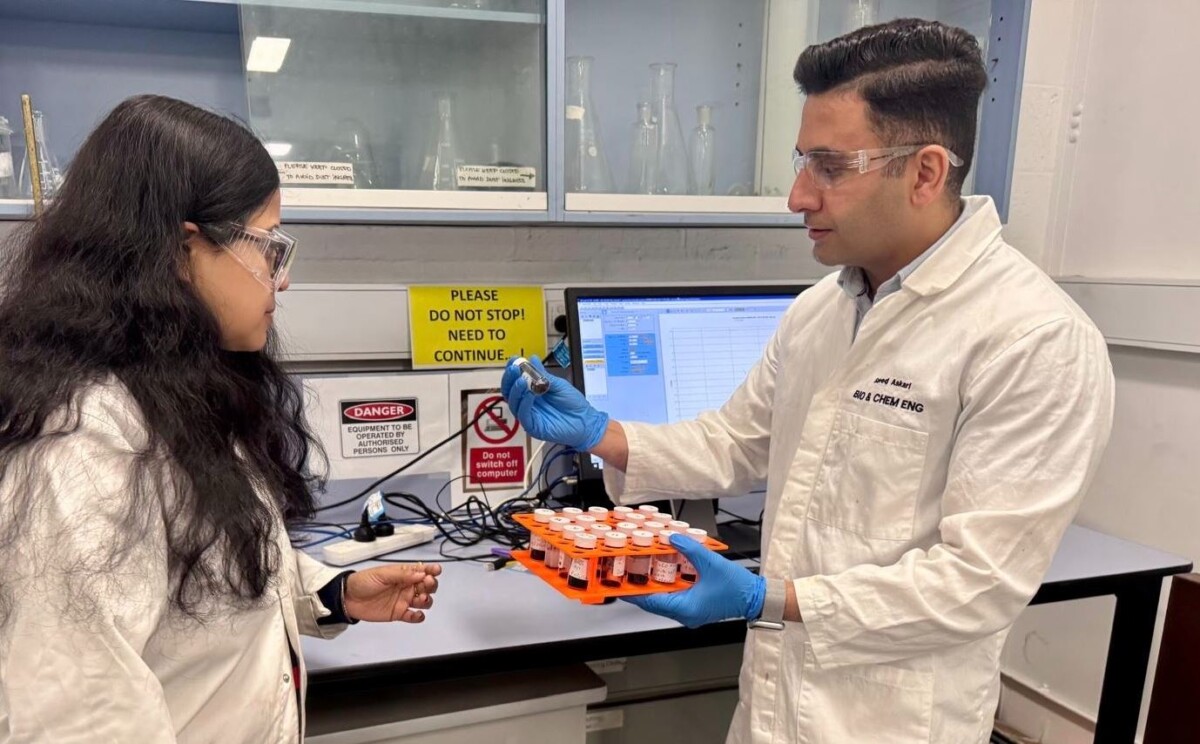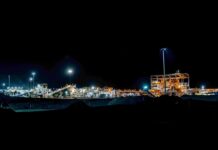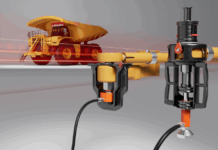Engineers achieve record-breaking battery performance

Engineers at Monash University have developed a new catalyst that could drive zinc-air batteries from hearing aids and watches to EVs and large-scale industrial applications.
While zinc-air batteries are currently used in small devices, this opens the door to rechargeable, high-power applications, moving the technology closer to real-world, grid-scale and transport uses.
Using microscopic heat treatment, the researchers have developed carbon sheets from 3D materials, adding a framework of individual cobalt and iron atoms to greatly increase reactivity and efficiency within the battery.
Saeed Askari and Dr Parama Banerjee, lead authors from Monash University’s chemical and biological engineering department, say the breakthrough catalyst outperformed standard commercial catalysts made from expensive metals like platinum and ruthenium.
“By engineering cobalt and iron as individual atoms on a carbon framework, we achieved record-breaking performance in zinc-air batteries, showing what is possible when catalysts are designed with atomic precision,” Mr Askari said.
“Our advanced simulations revealed that the cobalt-iron atom pairs, combined with nitrogen dopants, enhance charge transfer and optimise reaction kinetics, solving one of the biggest bottlenecks for rechargeable zinc-air batteries.”
Dr Banerjee says the principles behind this design could be applied to other clean energy technologies including fuel cells, water splitting and carbon dioxide conversion
“Running a rechargeable zinc-air battery continuously for more than two months is milestone for the field. It demonstrates that this technology is ready to move beyond the laboratory and into practical applications,’ Dr Banarjee said.
“These catalysts not only solve a key bottleneck for zinc-air batteries, but their design principles can be applied across the energy landscape — from fuel cells to water splitting — offering broad impact for clean energy.”
Zinc-air batteries are theoretically a strong contender for the renewables industry. They generate electricity through the oxidation of zinc as it reacts with air, boasting high energy density and storing nearly double that of the more common lithium-ion batteries.
Additionally, zinc-air batteries are made from cheaper materials than their lithium-ion counterparts.
However, battery performance is sensitive to heat and humidity and is subject to fluctuations in the zinc’s reactivity. It is also currently impossible to stop the zinc from oxidising with the air once it has started, meaning it will continuously drain from the time that battery’s tab is opened.






















